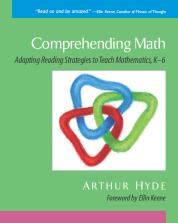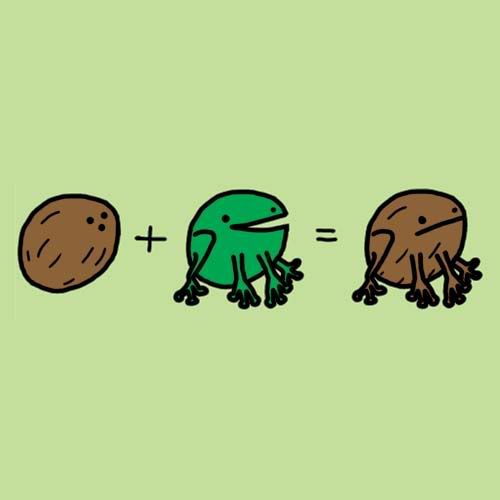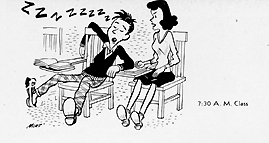Twitter and Facebook are the greatest inventions of all times. 140 characters, short blurbs with links if you want to read on are my type of reading. Thank goodness for the 21st Century. Uncle John's Bathroom Reader (The Twitter and Facebook of the 20th Century) was my favorite college read; short, to the point, satisfying. Newspapers are pretty good as well. I'm too cheap to subscribe to them anymore though. The iPhone covers most of the sources I need.
As a teacher my job is to help students become exceptional readers who can connect and interpret, analyze and write about a variety of texts.
How can I do this?
I do use the other students in the room. The influence of readers around the room is a great incentive to those few who are unmotivated and unfocused (like me). The students discuss and recommend novels and series daily. Unfortunately, watching and listening to others does not necessarily get some where they need to be.
That's where I come in. Oh boy. This is the hard part. One student came to me on the very first day of school. He told me that he hates reading. Hates reading? This is going to be a long year I thought. My response to him at the time was that hopefully we can change that this year. He looked quite skeptical. I was quite skeptical.
We have an excellent program called Accelerated Reader. (Click on the link to learn more information.) This program helps students become phenomenal readers in a fairly authentic and self-motivating way that I was quite skeptical about from the start. My views have changed significantly since our students have found great success. The students set personal goals that they try to attain each marking period.
This boy did not respond well to this motivation. So we went to the next step. He chose a book. We did some math, he loves math. We divided the number of pages in the book by how many days he wanted to take to complete it. Then a sticky note was placed for each day on the goal page. I checked in with him each day. He finished one day early and said that he felt proud of himself for this big accomplishment. He said that it was not as hard as he thought, and it was "pretty fun". The final thing he said was "I didn't realize I could read a book so quickly".
SUCCESS!
I need to take my own advice.






















